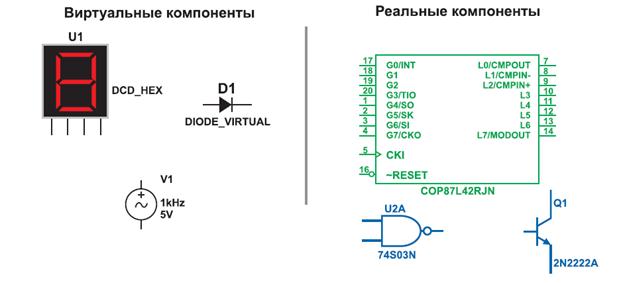REFRESH YOUR MEMORY
Open and closed questions.
Look at these conversational questions. Which are closed (can be answered with a simple “Yes” or “No”)? Which ones are open (more likely to lead to a longer response)? 1. Are you staying at this hotel? 2. What do you think of the hotel? 3. It’s very informal here, isn’t it? 4. Are you here on your own? 5. What are things like in your country? 6. What kind of business are you in? 7. Do you travel much in your job? 8. What do you like about traveling?
EXERCISE.1. Read six short conversations between people who have just met at a conference and answer the questions: 1) What types of questions do people ask? 2) In which conversations do people ask open questions? 3) In which conversations do people responding sound interested and friendly?
Conversation 1. A: Which company do you work for? B: Oh, it’s just a small company. You probably haven’t heard of it. Conversation 2. A: Which talk are you going to this afternoon? B: Oh, I’m going to one called ‘A merger of cultures’. It’s especially interesting for me because my company’s recently merged with a US company and we’re finding that there are quite a lot of differences in the management style. A: Oh, really? How interesting! What kind of differences have you noticed? Conversation 3. A: I see from your badge that you’re on the Planning Committee. B: Yes, I am. A: And what does that committee do exactly? B: Oh, just planning next year’s expenditure really. Conversation 4. A: Have you been to this conference before? B: Oh, yes, several times. I think this one is one of the best, don’t you? A: Well, actually, it’s my first conference but I’ll definitely be here next year Conversation 5. A: The food’s good, isn’t it? B: Hmm. Yes, it is. A: Do you know what those things are – the ones that look like little cakes? B: They are fishcakes. They’re quite hot and spicy. Very nice if you like spicy food! A: I’m not very keen on spicy food. Conversation 6. A: What kind of job are you in? B: I’m a geologist. I work for a gold-mining company. A: Gold mining! B: Yes, I carry out surveys to find out where the best gold deposits are likely to be.
EXERCISE 2. Rendy Hemp from the US is visiting a customer in Taiwan. He is talking to the Production Manager of a manufacturing plant in Taipei. Read the extract of their conversation and answer the question: “What is wrong with what the production manager says?”
Manager: Is this your first visit here? Hemp: No, in fact the first time I came was for a trade fair. We began our East Asian operations here at the 2003 Exhibition. Manager: Shall we have a look around the plant before lunch?
a) What is wrong with what the production manager says? (The answer is that it breaks a “rule” of conversation. Generally, if you ask a question you should comment on the answer or ask a supplementary question. Remember to use open questions and respond with interest.)
(1) question (2) answer (3) comment or supplementary question
b) Now suggest a better version of the same conversation. (in writing) c) Compare your version with a model version given below.
Manager: Is this your first visit here? Hemp: No, in fact the first time I came was for a trade fair. We began our East Asian operations here at the 2003 Exhibition. Manager: Ah, yes, I remember the exhibition well. So it was very successful for you, wasn’t it? Hemp: Well, we made a lot of useful contracts, not least yourselves. Manager: Of course…. now, shall we have a look round the plant before lunch?
IT’S INTERESTING TO KNOW.
People have different areas of their life, which we can call “life spaces”. Our personal or private life space is the part which we keep to ourselves or share with our family and very close friends. Our public life space is the part that we are happy to share with the people we meet on a casual or short-term basis. People from specific cultures have a small private space and relatively large public space: those from diffuse cultures have a much larger private space. Which are you?
People from specific cultures … People from diffuse cultures …..
seem friendly and accessible because seem hard to know because they don’t they give information about themselves tell you much about themselves unless freely from the very first meeting. they know you well.
have friendly relationships with a lot have a few close friends with whom of people who are not necessarily close they have a long-term relationship and or lifetime friends. These relationships share many aspects of their private may seem superficial to people from lives. diffuse cultures.
are happy to talk about personal don’t like to talk about personal matters with anyone they meet. matters in the context of a business relationship.
|




